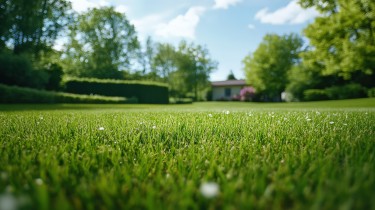

Discover the Secret to a Lush and Healthy Lawn
Read More ›
Blog
Understanding the Importance of mulch in Northern Virginia Gardens
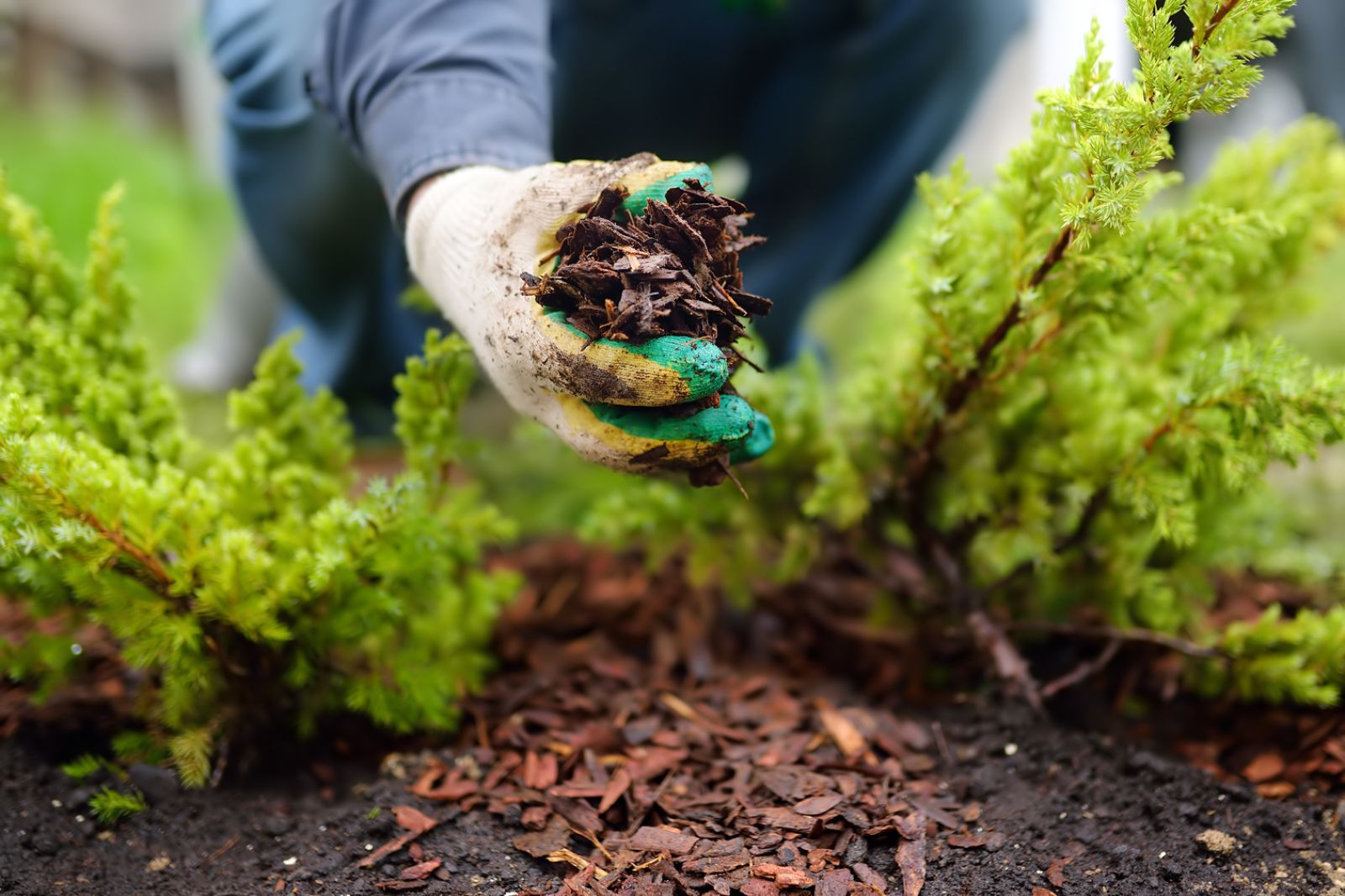
In this blog post, we will explore what mulch is, why it’s important for your garden in Northern Virginia, the different types of mulch available and when and how to apply it effectively. By understanding the power of mulch and incorporating it into your garden care routine, you can unlock a world of growth and beauty.
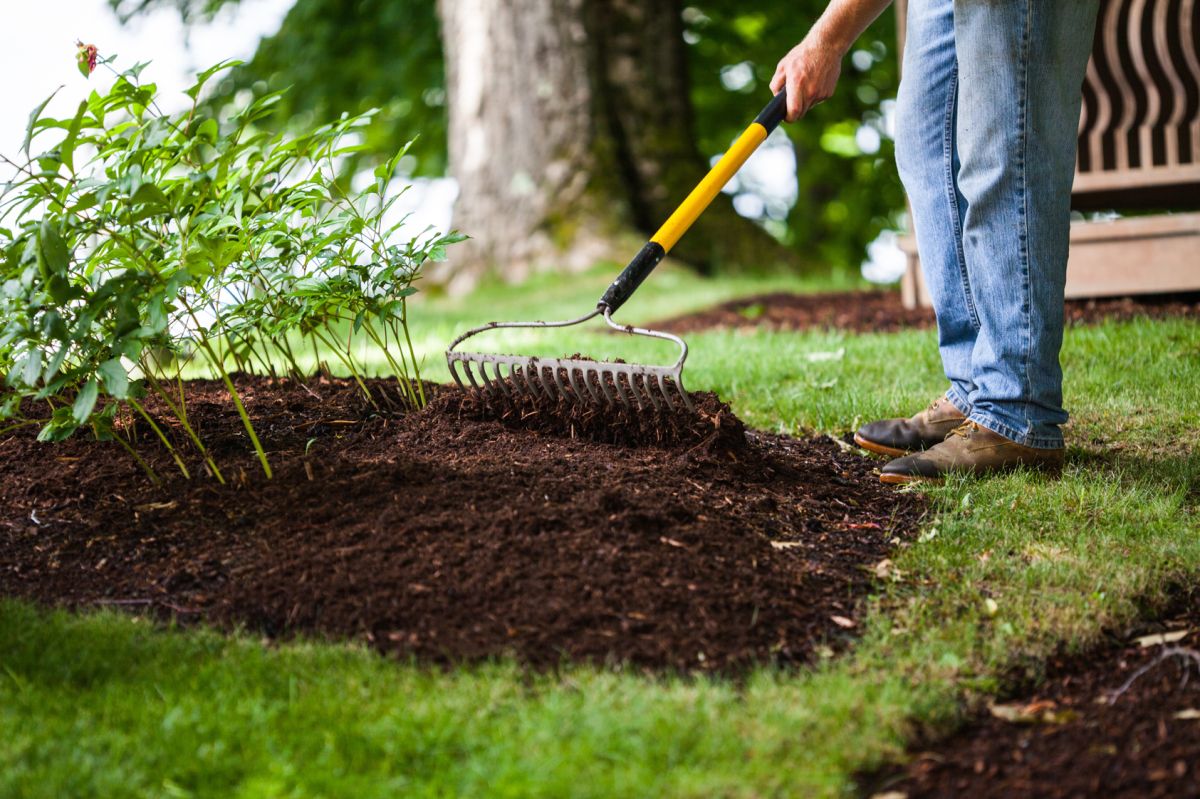
Mulch refers to any material applied to the soil surface around plants as a protective covering and serves multiple purposes in your garden.
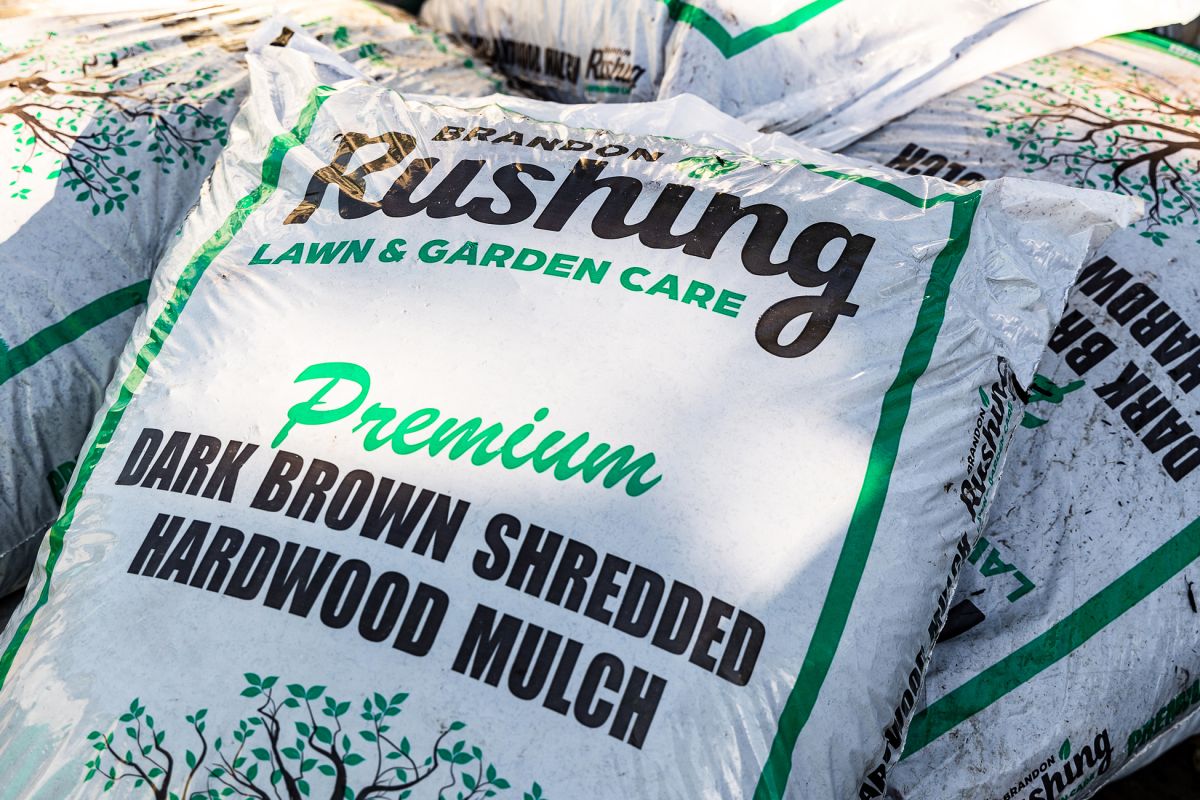
In Northern Virginia, you have a variety of mulch options to choose from, each with its own unique characteristics.
Organic mulches, such as wood chips, straw, or shredded leaves, provide nutrient-rich benefits as they decompose. They also enhance soil structure and support beneficial organisms. Some less common organic mulches include crushed shells, pine needles and cocoa bean hulls, which leaves your garden smelling faintly of chocolate!
Inorganic mulches like gravel or rubber mulch offer long-lasting weed control and are considered permanent. These types of mulch are typically used where no future planting will be done and have limited ability to conserve moisture and regulate soil temperature. Some crushed stone and gravel products can alter the pH of the soil, so be sure to test your soil and make necessary adjustments.
At Brandon Rushing, we recommend clean, treated, double shredded hardwood mulch to our clients.
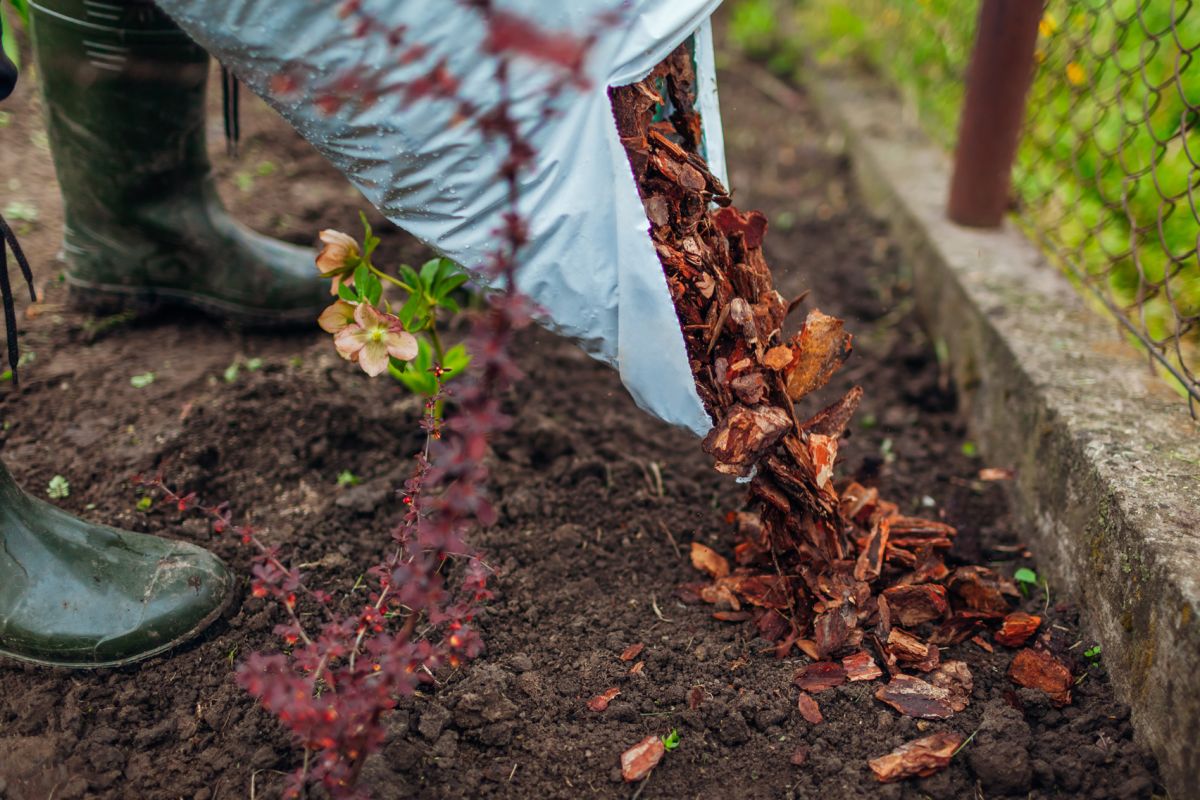
The timing and method of mulching are crucial for maximum effectiveness. Follow these guidelines when mulching your garden.
Spring — Apply mulch after the soil warms up in late spring to suppress weeds and retain soil moisture during the growing season.
Summer — Reapply mulch as it breaks down, if necessary.
Autumn — In the fall, applying mulch helps insulate plant roots and protect them from winter frost.
When it comes to mulching, there's more to it than simply spreading a layer of material over your garden beds. Proper mulching techniques can make a significant difference in the health and vitality of your plants.
Prepare the soil — Before mulching, clear the area of weeds and debris. Loosen the soil surface gently to facilitate better water penetration.
Edge the area to be mulched — Edging your garden bed before mulching helps tidy the perimeter of the garden and keep the mulch where it’s supposed to be, and not spilling out onto your lawn or pathways.
Spread the mulch — Apply a layer of mulch approximately 3 inches thick. Be mindful not to pile it against plant stems or tree trunks, as this can promote rot and disease. In the case of trees, be sure to mulch right to the drip line to protect its roots
Top up your mulch — Over time, mulch decomposes or settles. Regularly check and replenish the mulch layer to maintain the desired thickness and effectiveness.
Water thoroughly before applying mulch — This helps retain moisture and ensures the mulch does not draw water away from the plants.
Apply a pre-emergent — To reduce weed growth, apply a pre-emergent product under the mulch prior to new mulch installation. Pull weeds as they emerge to prevent them from pollinating.
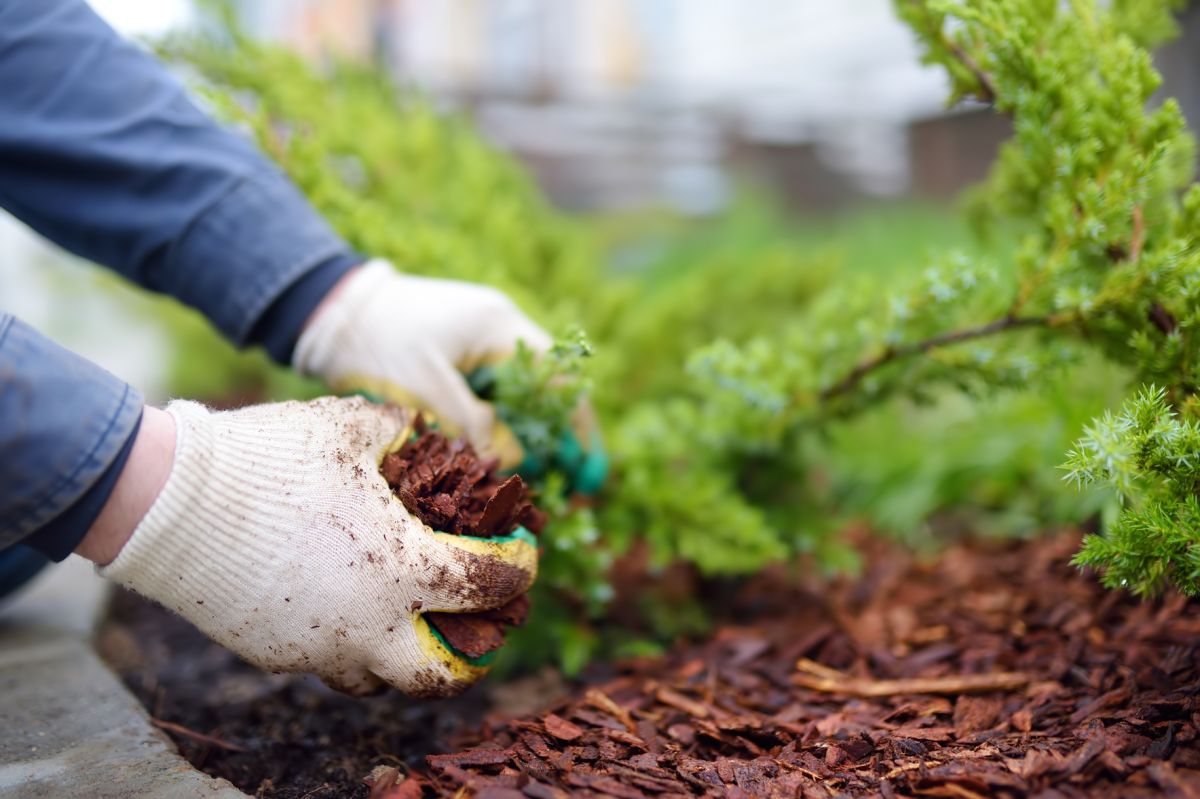
We know that keeping your lawn and garden looking great takes time... time you might not have. We want you to feel proud of your garden and have time to enjoy them, that’s why we developed our garden care program. In addition to mulching, we offer:
If you’re interested in learning more about garden or lawn care, book a consultation with one of our lawn and garden care experts. We’re happy to help!
Written by Brandon Rushing, Founder & President
Posted on: March 1st, 2024